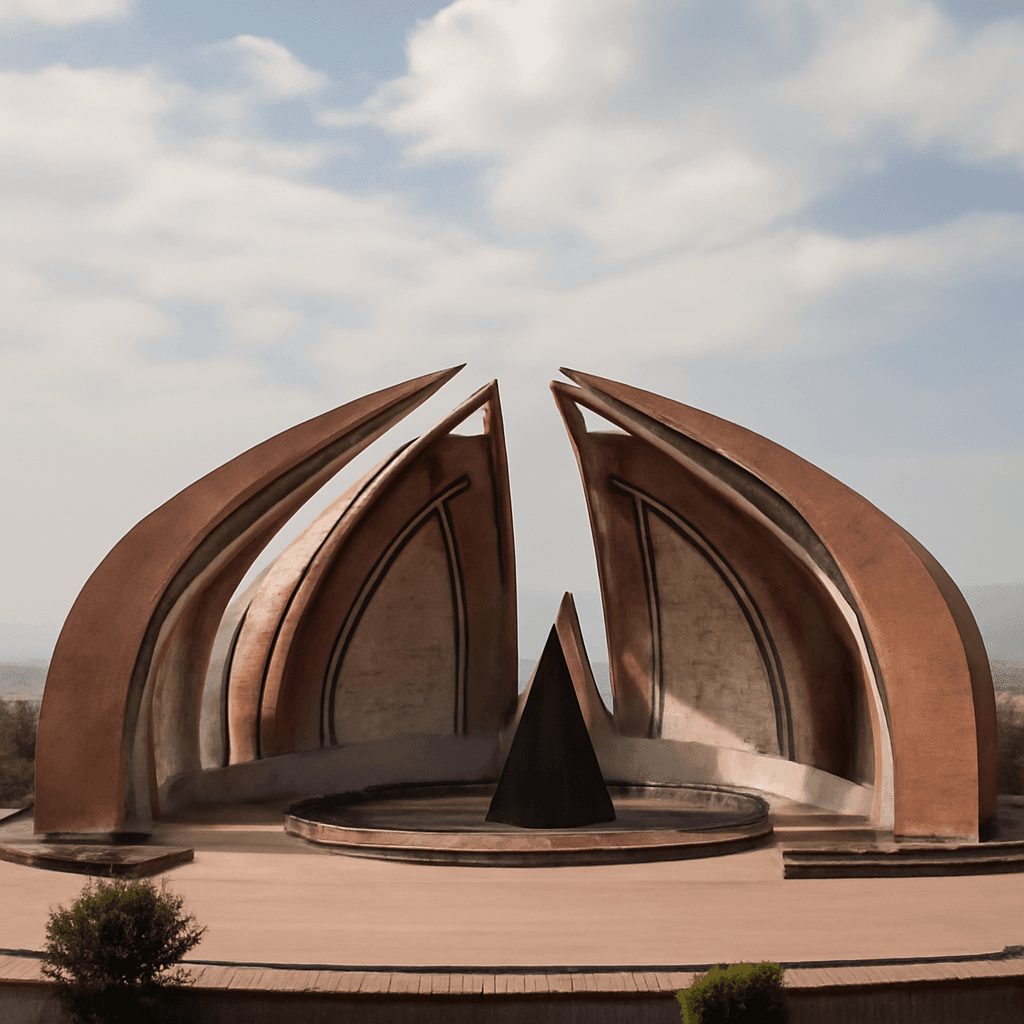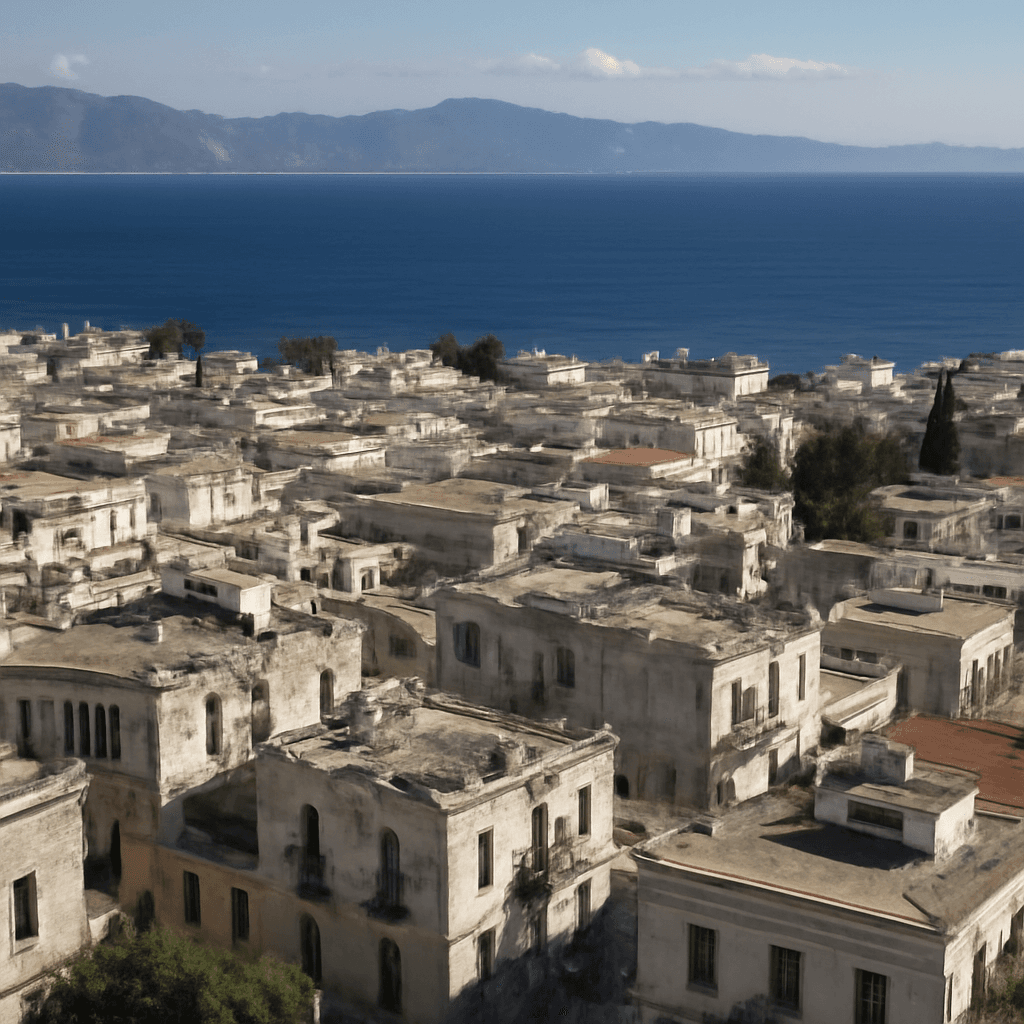Moderate Earthquake Shakes Pakistan Without Casualties
Late Thursday evening, Pakistan experienced a moderate earthquake measuring 4.6 on the Richter scale, according to the National Center for Seismology (NCS). The tremor originated at a shallow depth of 10 kilometers, a factor that often leads to stronger surface shaking and potential aftershocks.
The NCS provided precise details on the event: it occurred at 20:02 IST on June 12, 2025, near latitude 27.18°N and longitude 64.96°E. Fortunately, no immediate damage or casualties were reported following the quake.
Understanding the Impact of Shallow Earthquakes
Shallow earthquakes—those occurring within 70 kilometers of the Earth's surface—can be particularly impactful because seismic waves have less distance to dissipate before reaching the ground. This typically results in more intense shaking compared to deeper earthquakes. Nevertheless, this recent earthquake did not cause reported harm, underscoring the variable nature of seismic events.
Recent Seismic Activity in the Region
Just a day prior, residents of Peshawar felt a 4.7 magnitude tremor traced back to the Hindu Kush mountain region in Afghanistan. This quake was significantly deeper at 211 kilometers below the surface, and likewise caused no reported damage.
This sequence of activity follows a notable earthquake nearly a month ago that measured 5.3 magnitude and affected Islamabad and neighboring parts of Khyber Pakhtunkhwa including Mardan, Swat, Nowshera, Swabi, and North Waziristan. That quake’s epicenter was also located in the Hindu Kush region, approximately 230 kilometers deep.
Ongoing Seismic Trends Across Pakistan
Earlier this year, additional tremors were recorded across various parts of the country. Karachi, Pakistan’s bustling port city, has witnessed nearly 30 minor earthquakes in recent days. According to meteorologists, these quakes are linked to activity on the Landhi Fault Line, which has become active after decades and is currently undergoing a stabilization process.
Why Pakistan Is Seismically Vulnerable
Pakistan’s frequent earthquakes stem from its unique geological positioning along the collision zone of the Eurasian and Indian tectonic plates. Regions like Balochistan, Khyber Pakhtunkhwa, Gilgit-Baltistan, and others sit near the edges of these plates, making them particularly susceptible to seismic disturbances.
- Balochistan and adjacent areas lie on the southern Eurasian plate near the Iranian Plateau.
- Sindh, Punjab, and Pakistan-controlled Jammu and Kashmir provinces lie along the Indian plate’s northwestern margin.
The ongoing tectonic pressure between these plates results in violent shifts beneath the earth’s surface, manifesting as earthquakes of varying magnitudes across the country.
Preparedness Remains Key
Given Pakistan’s ongoing seismic risk, continuous monitoring and public awareness are critical for mitigating damage and protecting lives during future earthquakes.












